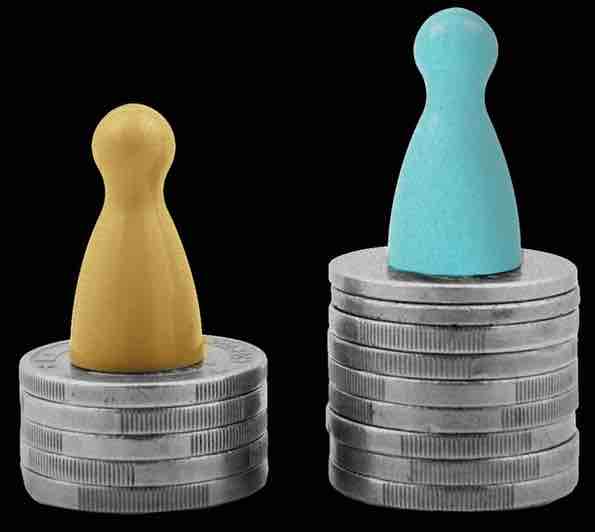Women have long been the beating heart of the gig economy: In 2019, Instacart told NPR that more than 50 percent of people who shop for the app are women, while DoorDash said women make up more than 50 percent of its “dashers” in rural and suburban areas and more than 60 percent in urban areas.
But are they getting paid as much as men for their efforts? The answer is no, according to a recent study that found that even in a gender-blind online workplace, earning differences between women and men persist. The authors studied gender pay discrepancies on online microtask platforms — an anonymous market offering flexible, homogenous work. Among 22,271 workers who chose and participated in nearly 5 million microtasks, women’s hourly earnings were 10.5 percent lower than men, the study found.
The pay gap in the gig economy is narrower than in traditional workplaces, where the average woman earns 82 cents for every dollar, on average, a man makes. This gap is much larger for women of color, including Black women and Latinas, who make 63 cents and 55 cents, respectively, for every dollar a man makes.
But even on a platform where opportunities for overt discrimination, labor segregation and inflexible work arrangements are removed, and even after experience, education and other capital factors are accounted for, a pay gap stubbornly remains, according to one of the study authors, Leib Litman, a social and behavioral scientist who is an assistant professor of psychology at Touro College and co-chief executive and chief research officer at Cloud Research.
The reason? The authors’ new follow-up study found that women expect to be paid less than men do, which can lead them to make lower-paid gig choices.




